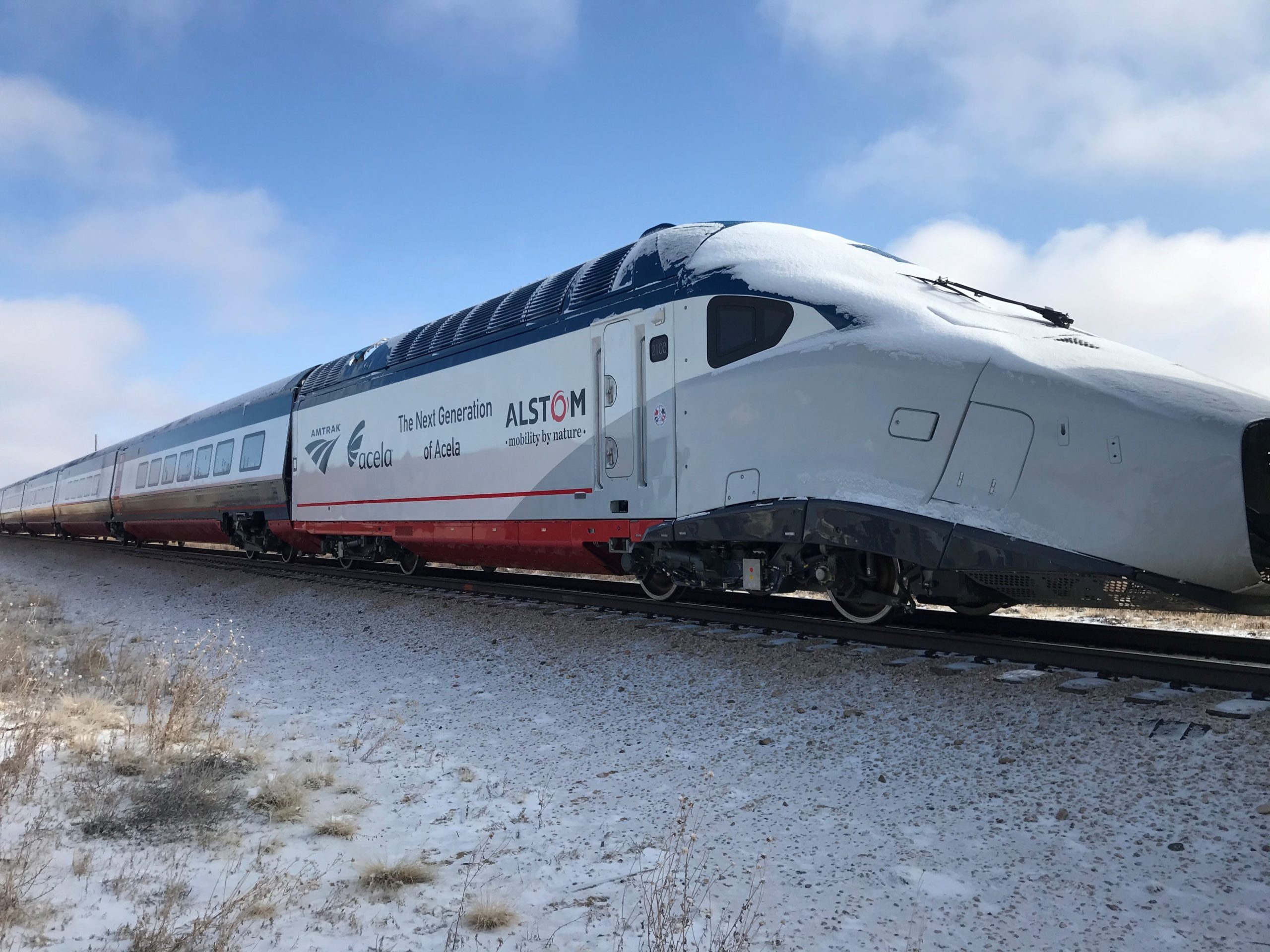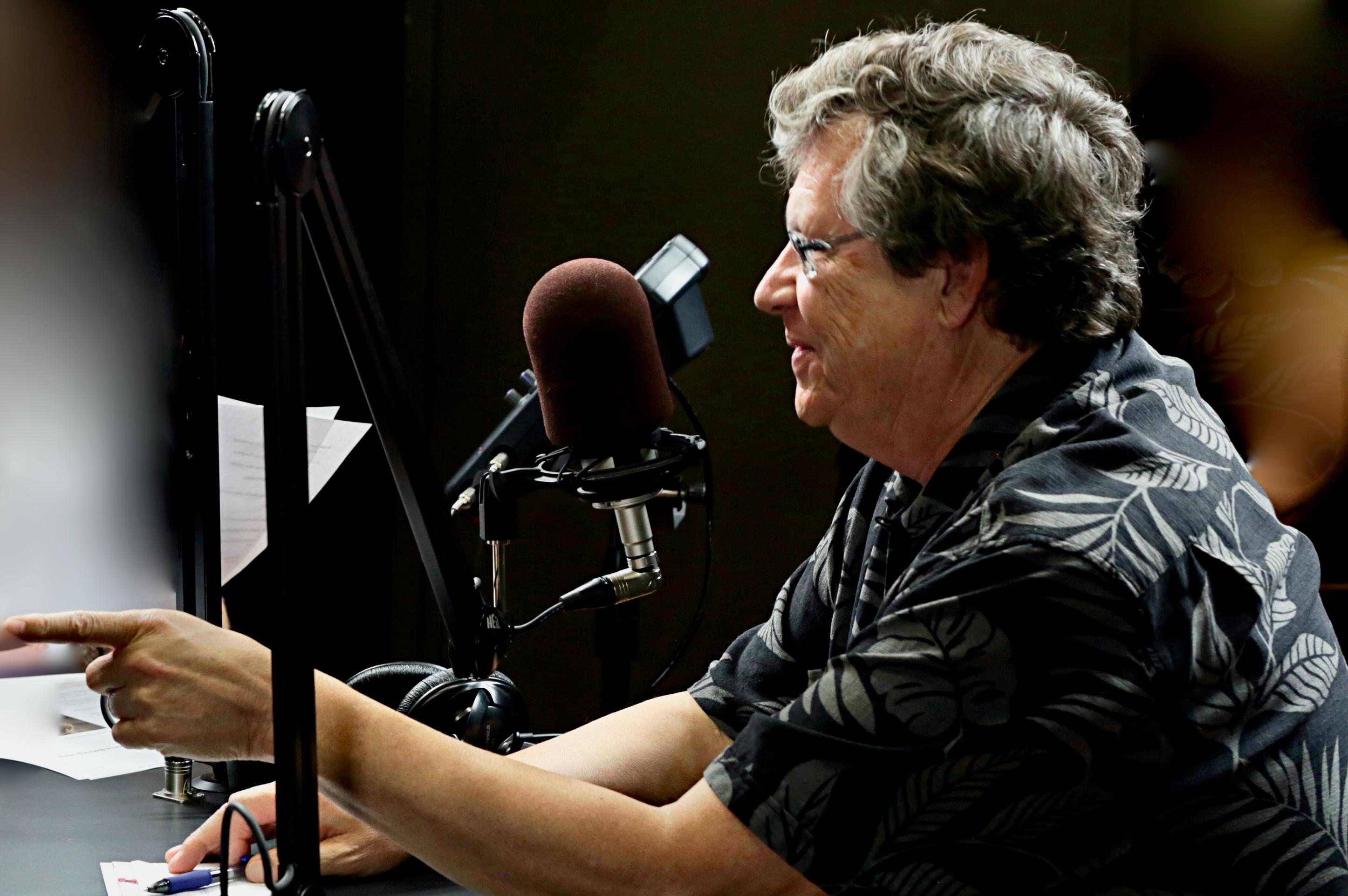
At a test track 20 miles outside of Pueblo, Amtrak’s latest high-speed Acela train has been topping 166 miles per hour. Staff at the Transportation Technology Center are monitoring and evaluating its performance and safety features, including traction and braking systems.
The TTC test track isn’t easy to spot from the highway or other main roads.
“I think people are surprised that a massive facility north and east of Pueblo is the nation’s hub for rail research and development and some other transportation development too,” said Amtrak spokesman Marc Magliari.
After the testing is complete in early 2021, the new Acela will be sent east where it’ll be fitted with redesigned seating and other interior details. Right now, water barrels and concrete blocks are on board for testing purposes.
The new trains are lighter so they’re able to get up to speed a little more quickly, although the top speed is only slightly faster according to Magliari.
“We can only go as fast as the tracks allow,” he said.
Ultimately it’ll have 25 percent more passenger capacity than the model currently in use, which went into service about 20 years ago. The new version will also use 40 percent less energy.
“Rail is already pretty green and these trains are going to be even greener,” said Magliari, who noted it’ll also appeal to environmentally conscious people who often make travel choices based on energy efficiency.
The new Acela is expected to serve millions of passengers in the country's northeast corridor — travel between the downtowns of Boston, New York City, Philadelphia, Baltimore and the District of Columbia — starting in late 2021.
“Right now it’s been about hourly when schedules are running normally. [Adding the new Acela] we can run trains almost twice an hour and have more operating both north and south of New York City. So we’ll have more capacity. We’ll have more trains. They'll be more modern and of course, it’s a more current design for the interior,” he said.
These swift electric-powered trains require specially designed tracks and infrastructure. So it could be decades before passengers zoom through Colorado at high speeds.









